Plantain is a starchy ‘fruit’ that’s used throughout its various stages of ripeness. Through its colour gradients, from green to black, the sweetness and texture change. It’s important to say that in Nigerian cooking, most traditional applications and preparation of plantain are savory from appetizer to mains and sides so even when sweet ripe plantains are cooked, they aren’t for dessert.
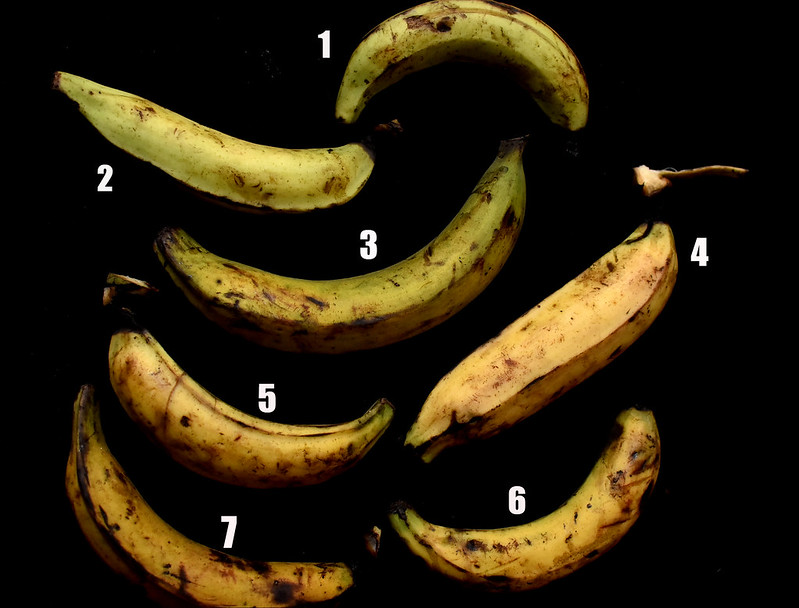
In Nigeria, Plantains are used in similar ways across all the stages of ripeness. You’ll find them boiled, on their own or in combination with spices and vegetables in pepper soup and pottages – like porridges but of roots, tubers, vegetables cooked in a sauce of oil, onions, peppers and tomatoes, sometimes; fried – cut into thin strips or circles for plantain chips, or thick cut for dodo; roasted for bole or boli.



Preparing Plantains
To eat them, you can do a couple of things:
In the skins/ I like to boil plantains in the skins. To do this, you top and tail, then make a cut along the length from top to bottom. Cut them into pieces, an inch or two long, about 4 or 5 for average lengths of plantain. This goes in a pot with water, and a pinch of salt and is boiled. Once cooked, I remove from the skins and serve. I’ve also roasted plantains in the skins. I’ve also had delicious plantain chips, sliced thin, skins on. Obviously, the nature of the plantains – organic or not – influences the desire or not to use the skins.

Peeled/ have to peel them just like you would a banana before eating. However, the skin of the plantain is firmer and difficult to peel without cutting. Here’s how you go about it – with a knife, you top and tail, then make a cut along the length from top to bottom. Then peel and discard (or transform into ash for various purposes – culinary, cosmetic). That’s your peeled plantain, ready to cook.
The transition between stages from green to black happens over a few days or weeks depending on the variety and climatic conditions. Here is a bit more about the stages – it is generalised because different varieties and storage processes impact the final outcome. Note also that across all stages, the fruits might have black streaks
Plantain Gradients
Unripe | Green, hard
Green plantains are the unripe fruit. They are firm, both raw and cooked, and starchy with a hint of sweetness. In its fresh form, it’s peeled and cooked – boiled, fried, roasted. You’ll find it cooked into plantain pottage, fried as snacks – plantain chips. You’ll also find them dried and turned into powder which is cooked in hot water to make a soft dough known commonly as plantain amala or amala ogede [Yoruba]. You can also blend the plantains with the skins off and then cook into a soft dough. Though tostones aren’t a Nigerian thing – in the make, fry, smash, refry – this is the plantain that gives the best texture for it.
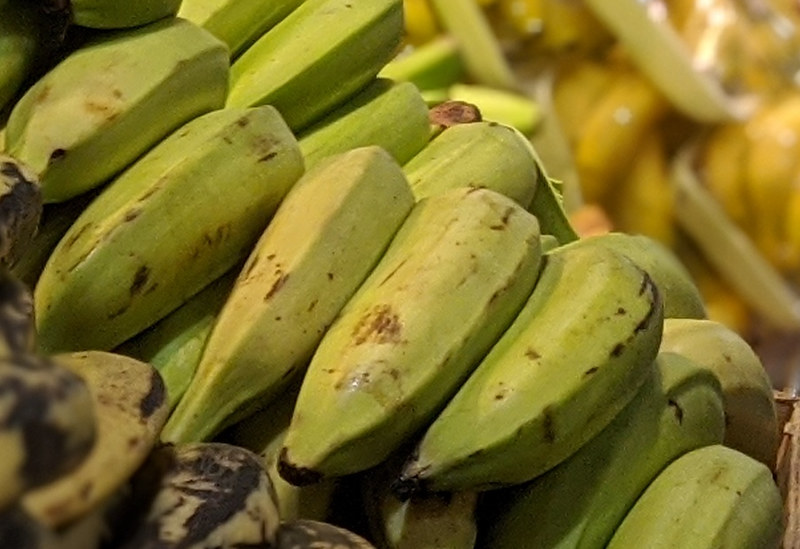
Just-ripe | Yellow with green streaks and firm
Firm, yellow with little or no black streaks, just-ripe plantains are slightly sweeter and softer than green but not super sweet in general – some varieties are sweeter than others. I like them boiled and for pottages. Others like them fried, transformed into chips and more.


Perfectly ripe | Yellow with black streaks/patches about 0 – 25%
This is my favourite plantain for dodo :). ONLY DODO. Oh to behold the beauty of perfectly-ripe plantain. Best for dodo – this is my personal preference :).

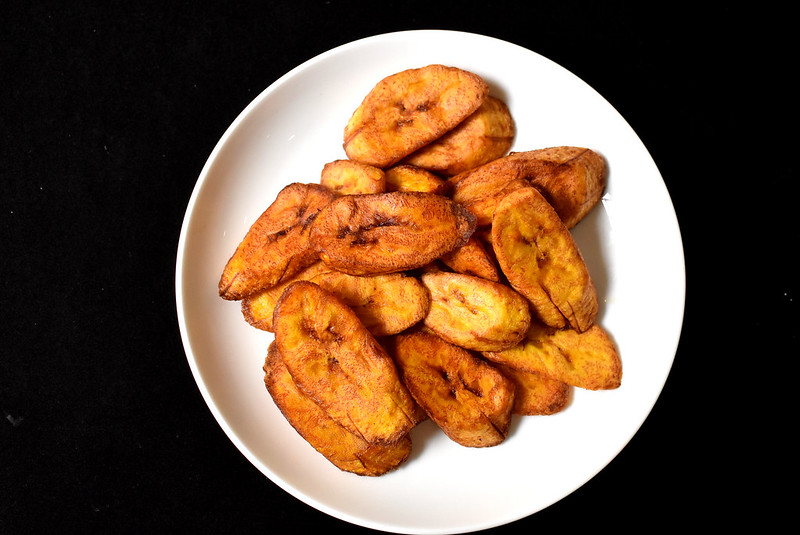
Ripe | Yellow, soft in bits with black streak/patches about 25% – 50%
These are sweet. Some of the larger black patches soften and take on a bruised texture – as you can see in the image below.
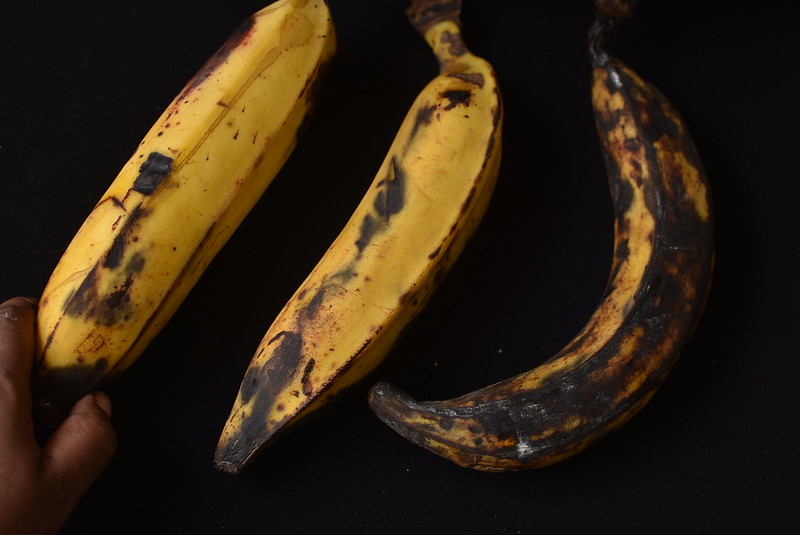

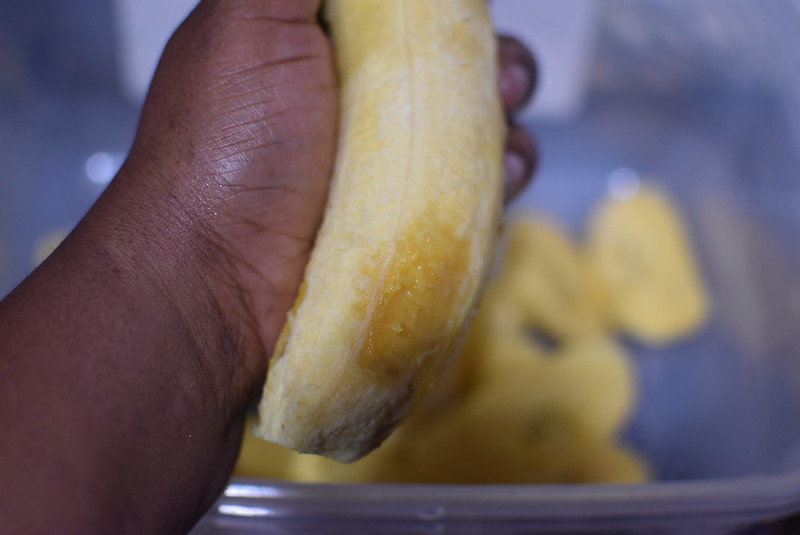
If I’m out of a range of plantains, I default to these for dodo, otherwise, I boil and transform it into dough for plantain flatbreads.
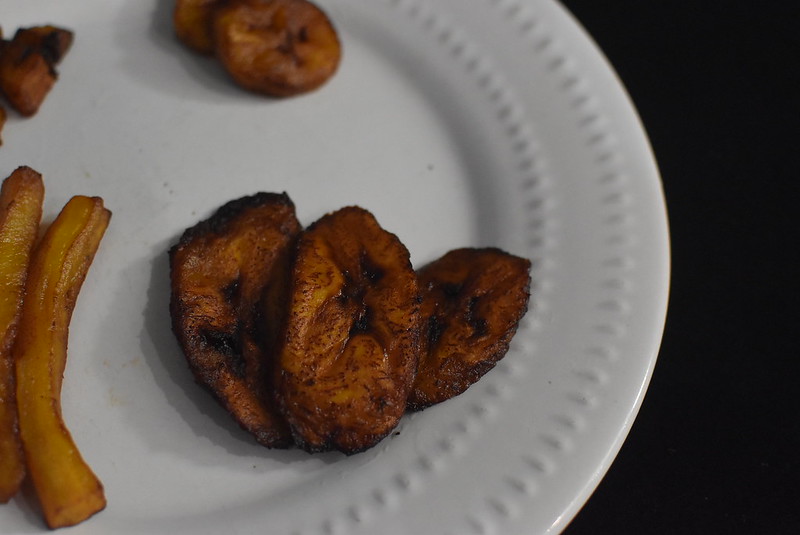
Over-ripe | Yellow with black streak/patches >50%
These are the sweetest plantains and the skin can be more black than yellow to totally, completely black. At this stage, the flesh is soft, wet even and when cooked – no matter how, they have the softest textures. You’ll often find them combined with chili peppers to cut the sweetness in snacks and dishes like dodo ikire, ukwaka. Some people like it incorporated in gizdodo, mosa, pancakes and other fritters. I salute you! (Also, people who consider this good for frying dodo, what were you thinking? How can soggy, oil-transparent, super-sweet plantain appeal to you????)

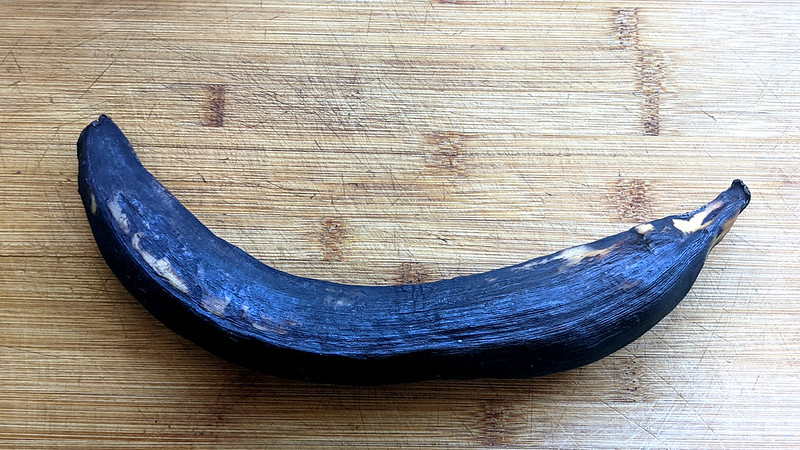
So there, a primer on plantains. There are more textures and maybe at some point I’ll update with more photos and text but for the moment, I hope you’ve enjoyed this and I hope it helps.
Share your thoughts about plantains in the comments. Thank you!

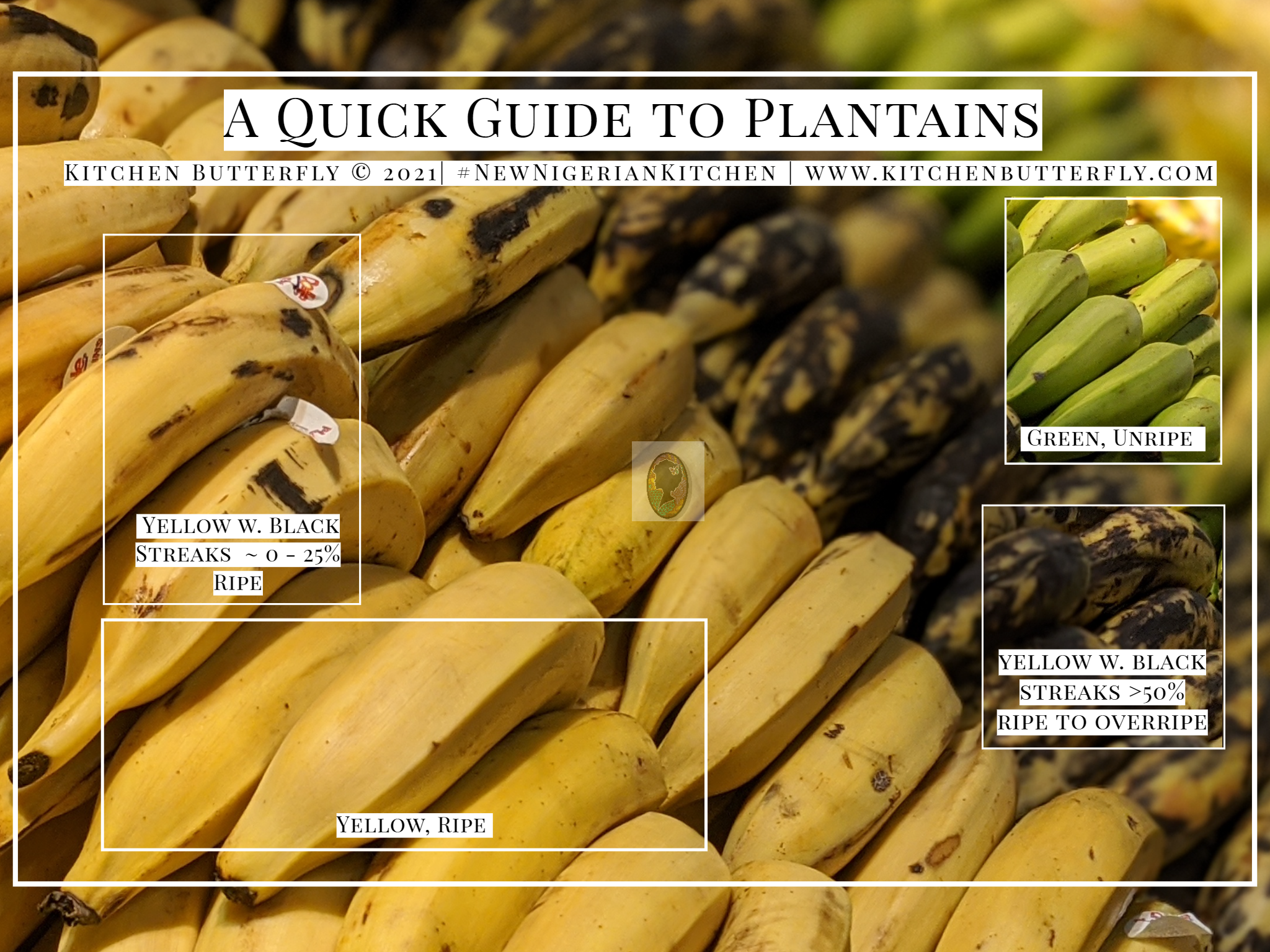
Leave a Reply